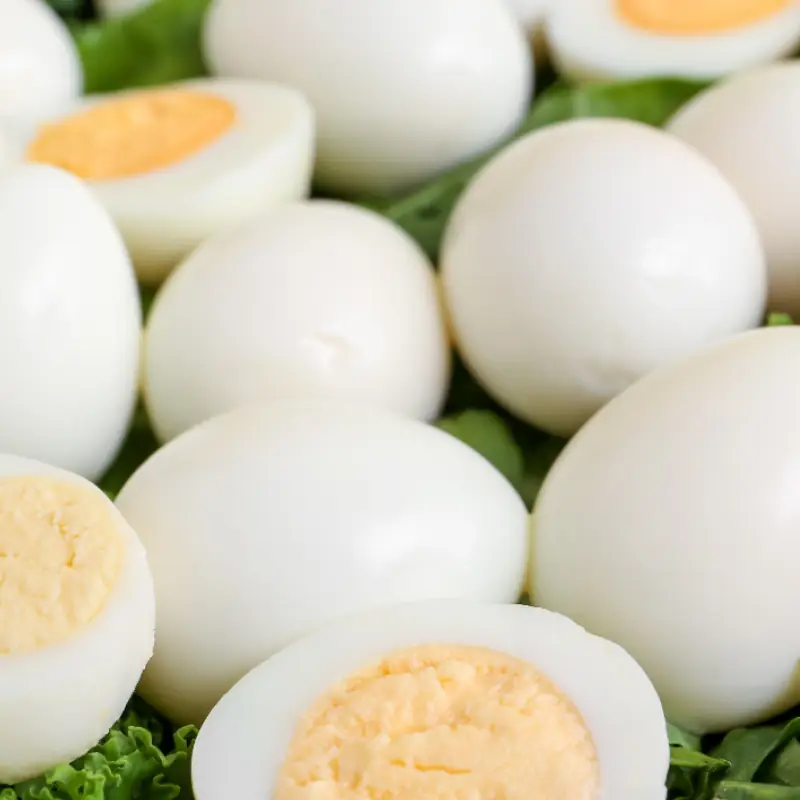
This precious vegetable has the effect of reducing bone and joint pain and some other diseases, but no one realizes it and often pulls it out.

The “Càng cua” vegetable – once treated as a weed, now recognized as a powerful medicinal plant
Càng cua (Peperomia pellucida), also known by many names such as pepper elder, shining bush plant, man to man, or salad leaf, is a type of wild herb. It commonly grows naturally in damp and shady places like ditches, rice paddy edges, banana gardens, pond corners, or under bushes.
This humble plant possesses astonishing vitality. It doesn’t require regular watering, fertilizing, or pest control to thrive. Because of this, Ms. Thủy, a 60-year-old woman living in Thu Duc City, Ho Chi Minh City, often pulled it out, considering it an unnecessary weed.
Ms. Thủy said she planted flowers, ornamental plants, and some herbs in pots in front of her house — but the càng cua plants kept sprouting among them, taking over the space. “This plant grows wildly. I never sowed its seeds, but it keeps coming back, stealing nutrients from the soil. I keep pulling them out to give space for the plants I actually grow,” she shared.
Similarly, Ms. Thúy, who also lives in Ho Chi Minh City, was not pleased when she saw càng cua sprouting in her vegetable garden. She and her husband used a 10m² plot next to their house to grow morning glory, mustard greens, loofah, winter melon, and several herbs for family meals.
Her garden was lush and green, but so were the weeds — including càng cua, which she kept removing. When she heard that this wild plant was actually edible and nutritious, she didn’t believe it, insisting it was just an inedible weed.
Japan, China, and Western countries consider càng cua a valuable medicinal herb
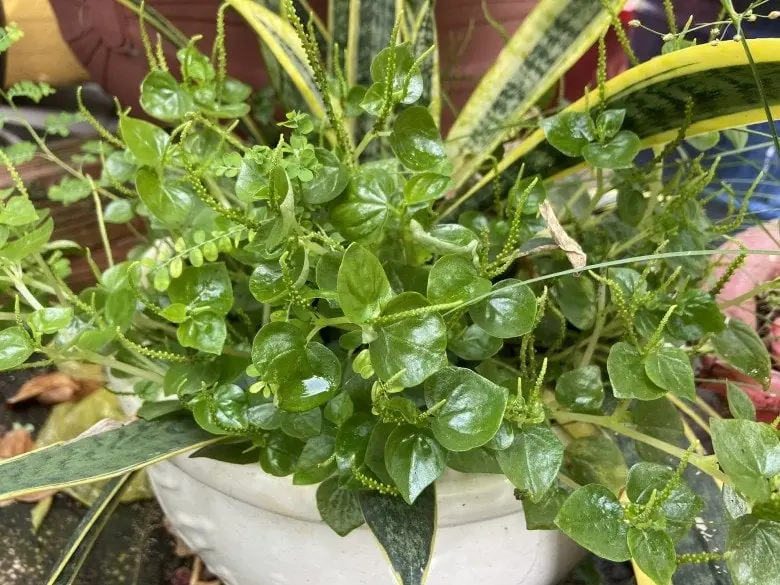
According to traditional medicine, càng cua has a salty, sour, crunchy, and slightly chewy taste. It contains rich nutrients such as carotene (provitamin A), iron, potassium, magnesium, vitamin C, and carotenoids.
Every 100g of càng cua contains:
-
92% water
-
34 mg phosphorus
-
277 mg potassium
-
224 mg calcium
-
62 mg magnesium
-
3.2 mg iron
-
4,166 IU carotenoids
-
5.2 mg vitamin C
-
and provides around 24 calories
In Eastern medicine, this plant has a slightly bitter and neutral nature and can be used in various dishes such as salads, soups, or even consumed raw or juiced. It is gentle on the body and beneficial to health.
Modern scientific research has shown that the compounds in càng cua can help prevent and treat several diseases:
-
Anti-inflammatory and pain relief:
Medical literature shows that eating càng cua helps treat symptoms like headaches, fever, colds, coughs, and arthritis. Its effects are comparable to aspirin in laboratory tests. -
Broad-spectrum antibacterial properties:
Patuloside A, a xanthone glycoside extracted from càng cua, has shown antibacterial activity against S. aureus, B. subtilis, P. aeruginosa, E. coli, and antifungal activity against T. mentagrophytes. -
Anti-cancer and antioxidant effects:
Research shows that certain compounds in càng cua inhibit the growth of cancer cells and neutralize harmful free radicals. This means the plant could be considered a functional food to help prevent and support cancer treatment. -
Reduces uric acid levels:
In one study on mice, càng cua extract reduced uric acid levels in the blood by 44%, compared to 66% for allopurinol. This suggests that càng cua may help prevent gout. Some studies also note that it could lower the risk of prostate cancer. -
Nerve-calming properties:
Research from Bangladeshi scientists shows that càng cua can help treat overactive nerves, with dosage depending on the level of nervous excitement. -
Cardiovascular protection:
Rich in trace minerals like potassium and magnesium, along with fiber, càng cua benefits heart health and blood pressure. It can help manage diabetes, constipation, and hypertension. Its high iron content also supports people with anemia, while beta-carotene helps improve vision.
Low in calories, high in fiber — doesn’t cause obesity
Doctors at Nguyen Tri Phuong Hospital (Ho Chi Minh City) note that because of these benefits, càng cua is eaten in Japan as a cancer-preventive food.
In Western countries, the leaves are sometimes crushed and used topically to treat malaria or headaches, while the sap is consumed to relieve stomach pain. In China, it’s used as medicine to treat joint pain and applied to the skin to heal burns caused by fire or boiling water.
In Vietnam’s Mekong Delta, càng cua is a popular ingredient in local dishes — commonly mixed in salads with boiled eggs or beef, eaten raw, or juiced for drinking.
However, doctors at Nguyen Tri Phuong Hospital warn that despite its many health benefits, càng cua can also cause problems if used improperly. People with diarrhea, kidney stones, pregnant or breastfeeding women, or those allergic to the plant should avoid eating it.
News in the same category

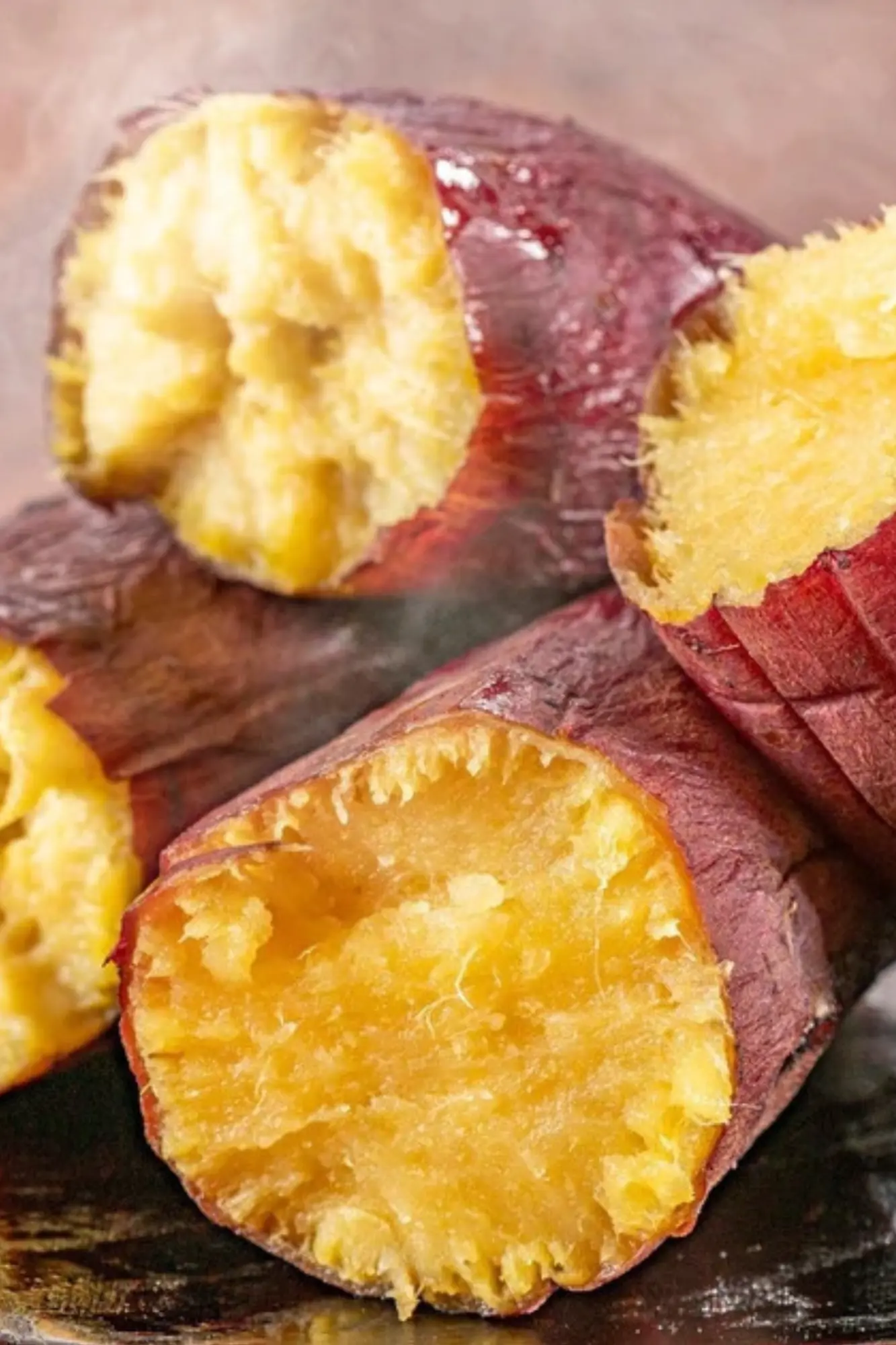
The Surprising Benefits of Eating Boiled Sweet Potatoes for Breakfast: How Your Body Can Change Over Time

29-year-old girl hospitalized for bleeding duodenal ulcer: Doctor warns of 2 harmful habits
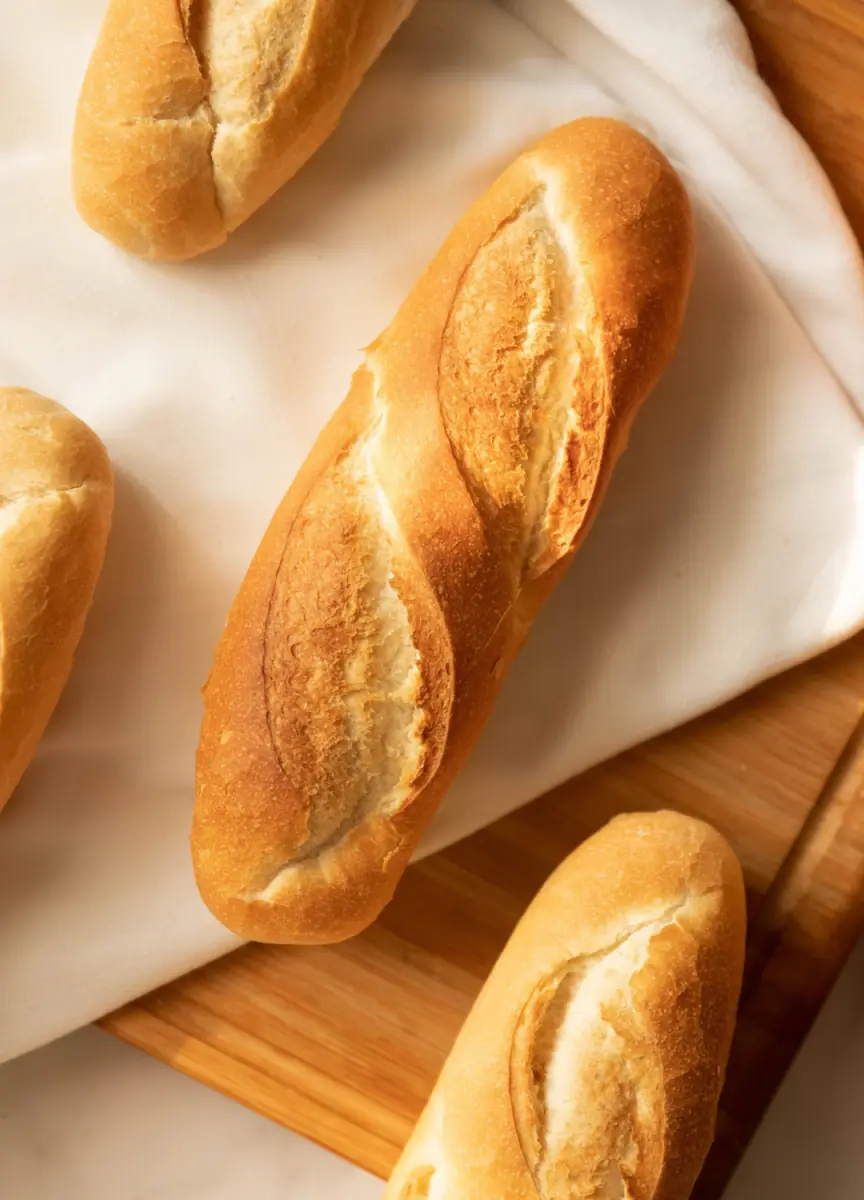
5 groups of people advised not to consume bread

DANGEROUS COMPLICATIONS OF PULPITIS
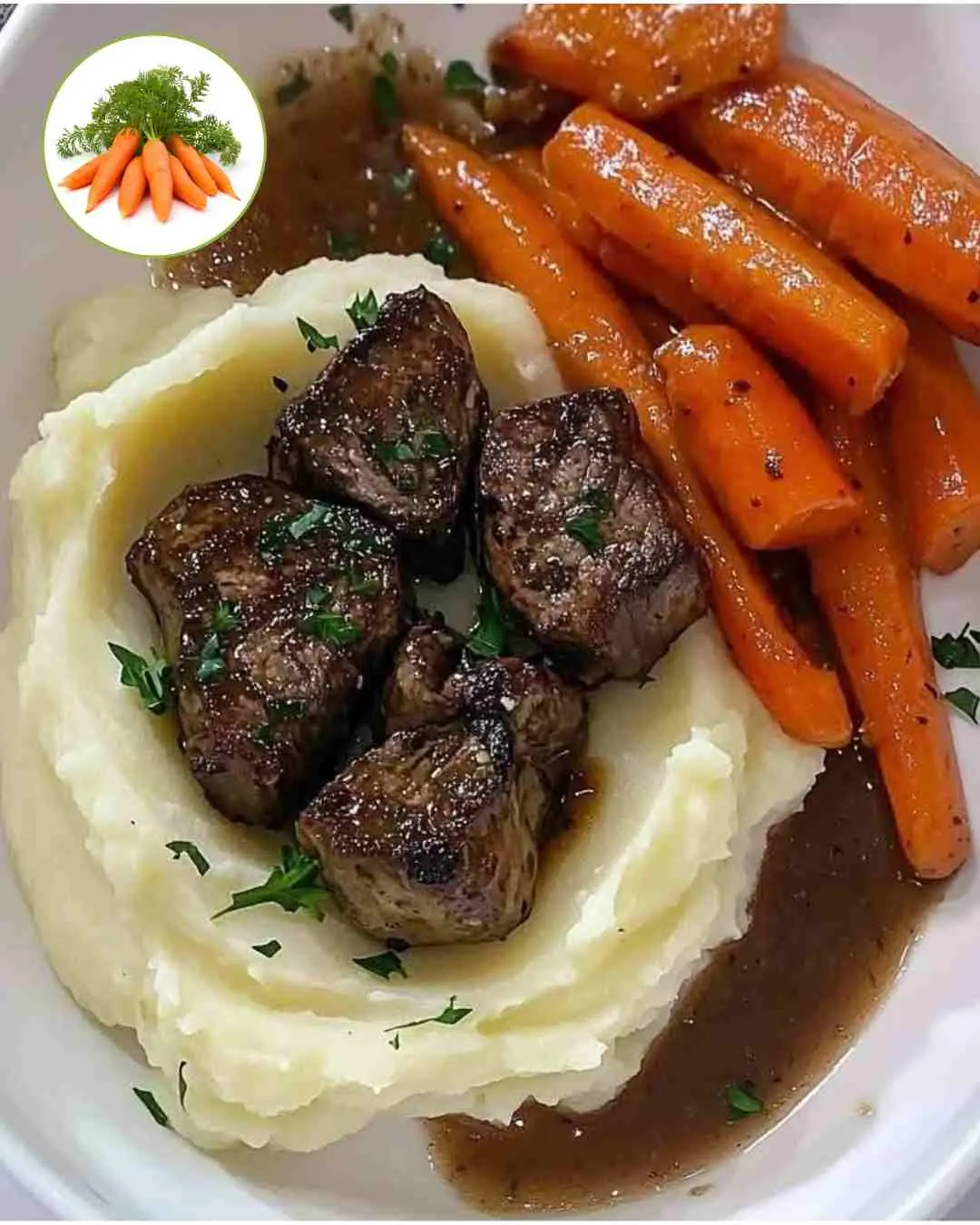
Butter Steak Bites with Mashed Potatoes & Glazed Carrots – A Comfort Plate With Serious Flavor

What causes black thorn disease?
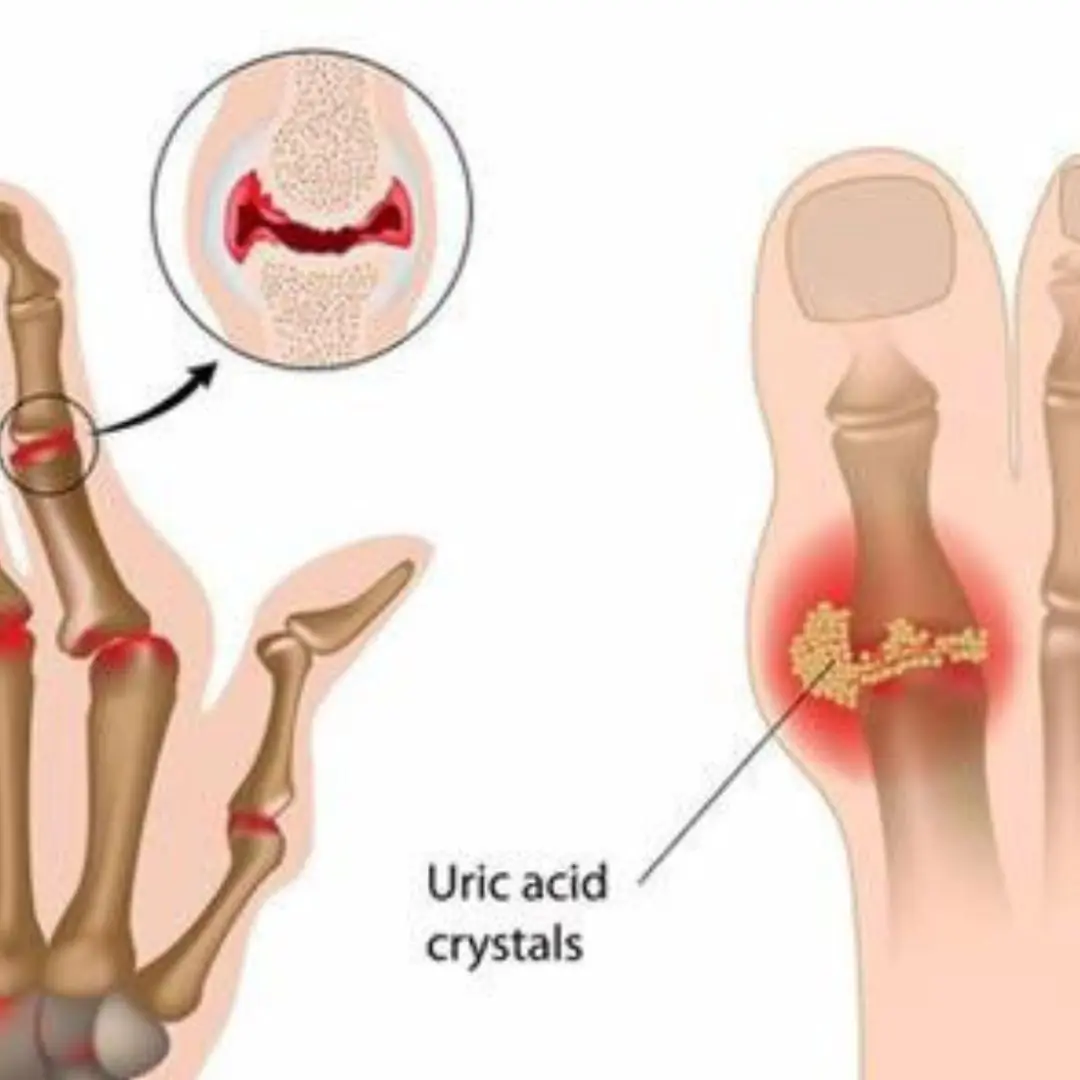
The #1 Drink to Reverse High Uric Acid and Gout — Backed by Science

If You Wake Up With These 4 Morning Symptoms, Sorry — Your Kid.neys May Be in Trouble

Drinking Coffee at the Wrong Time May Harm Your Heart:
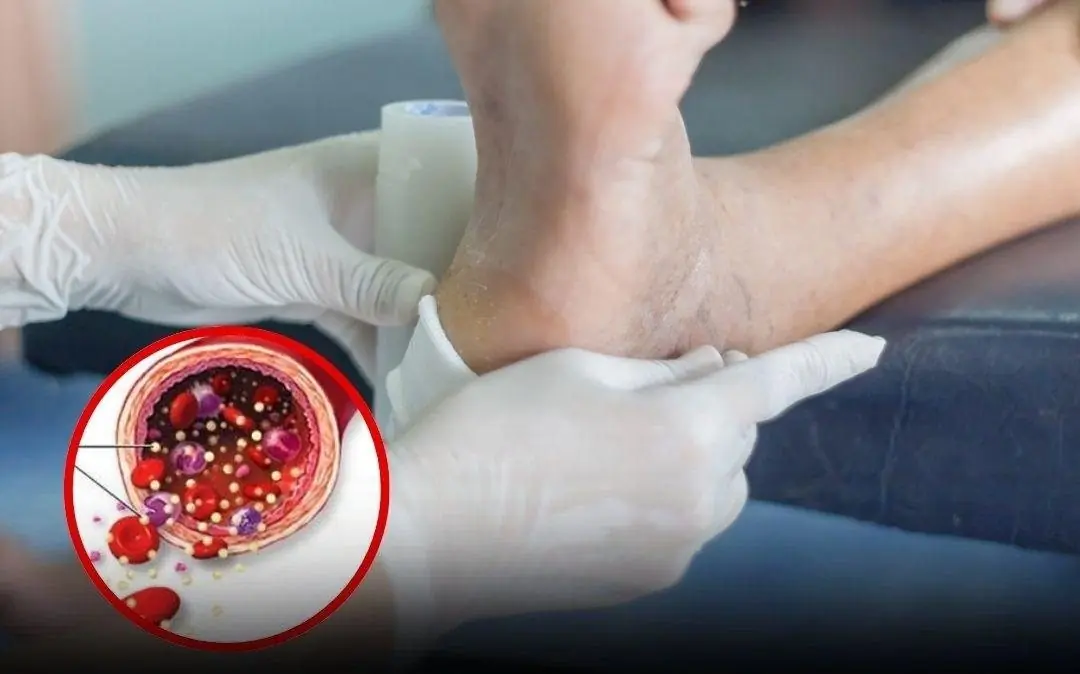
Your feet can reveal important warning signs about circulation and nerve health

Are kidney cysts really benign? Experts warn of signs that should never be ignored

Typical signs of uterine fibroids
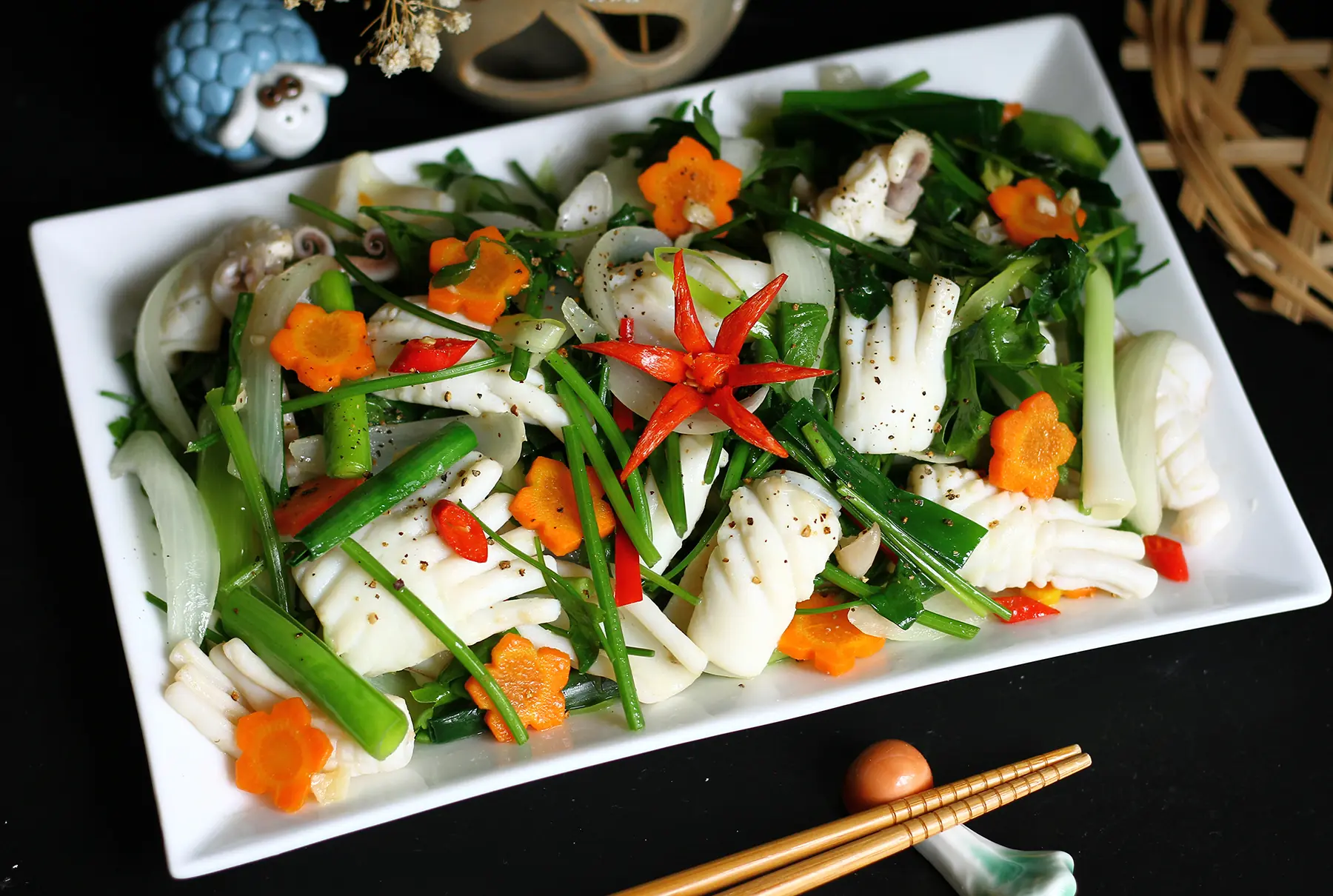
The More You Eat This Vegetable, the Cleaner Your Arteries Become: A Stroke-Prevention Secret Many People Overlook!
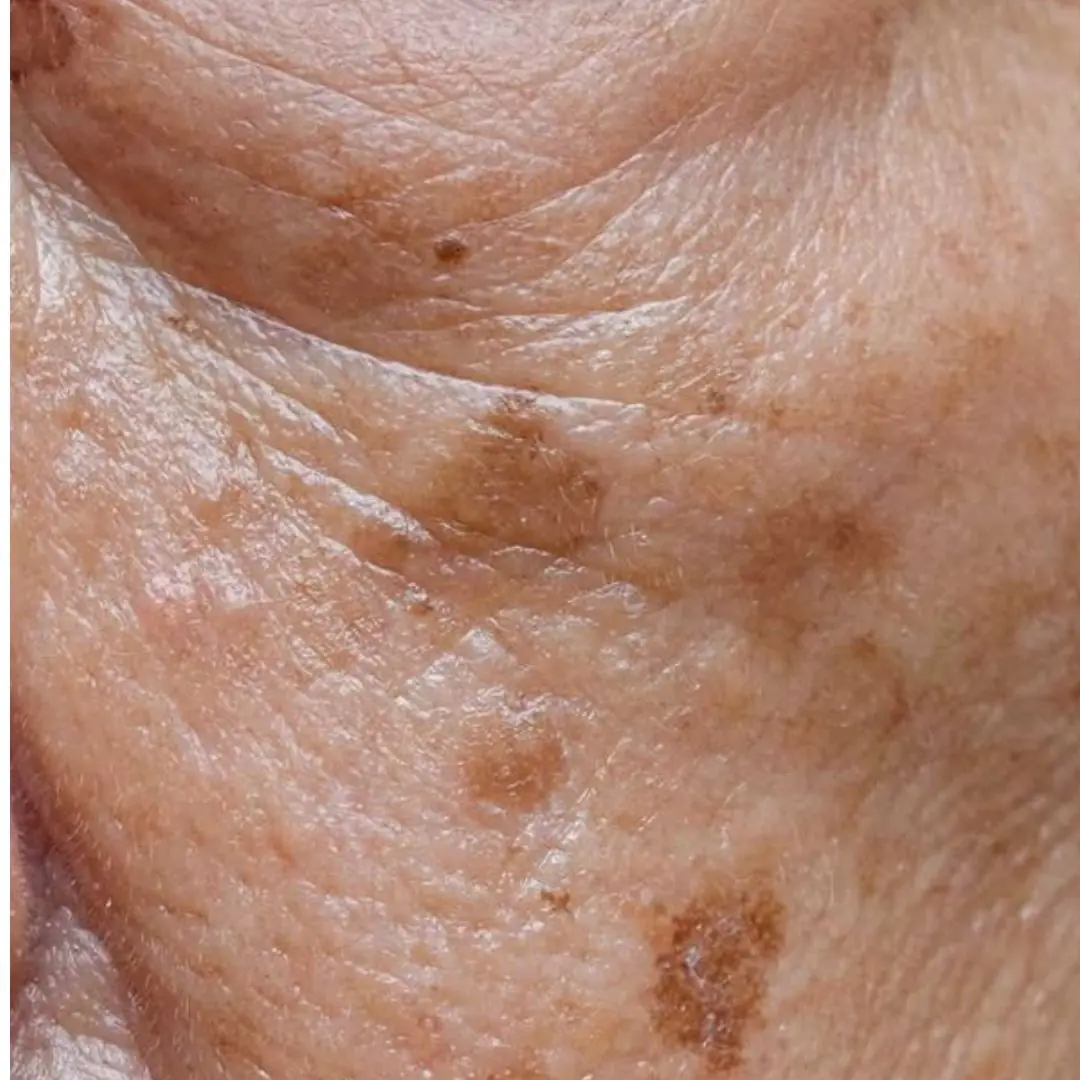
Age Spots and Selenium: How This Powerful Mineral Can Help Fight Sun Damage Naturally

A 12-year-old boy loses 12 teeth at once due to a common habit among children

Warning: A Common Daily Habit May Be “Inviting” Liver Can.cer — Many People Know It, Yet Still Do It

6 foods that clean the intestines naturally when eaten on an empty stomach
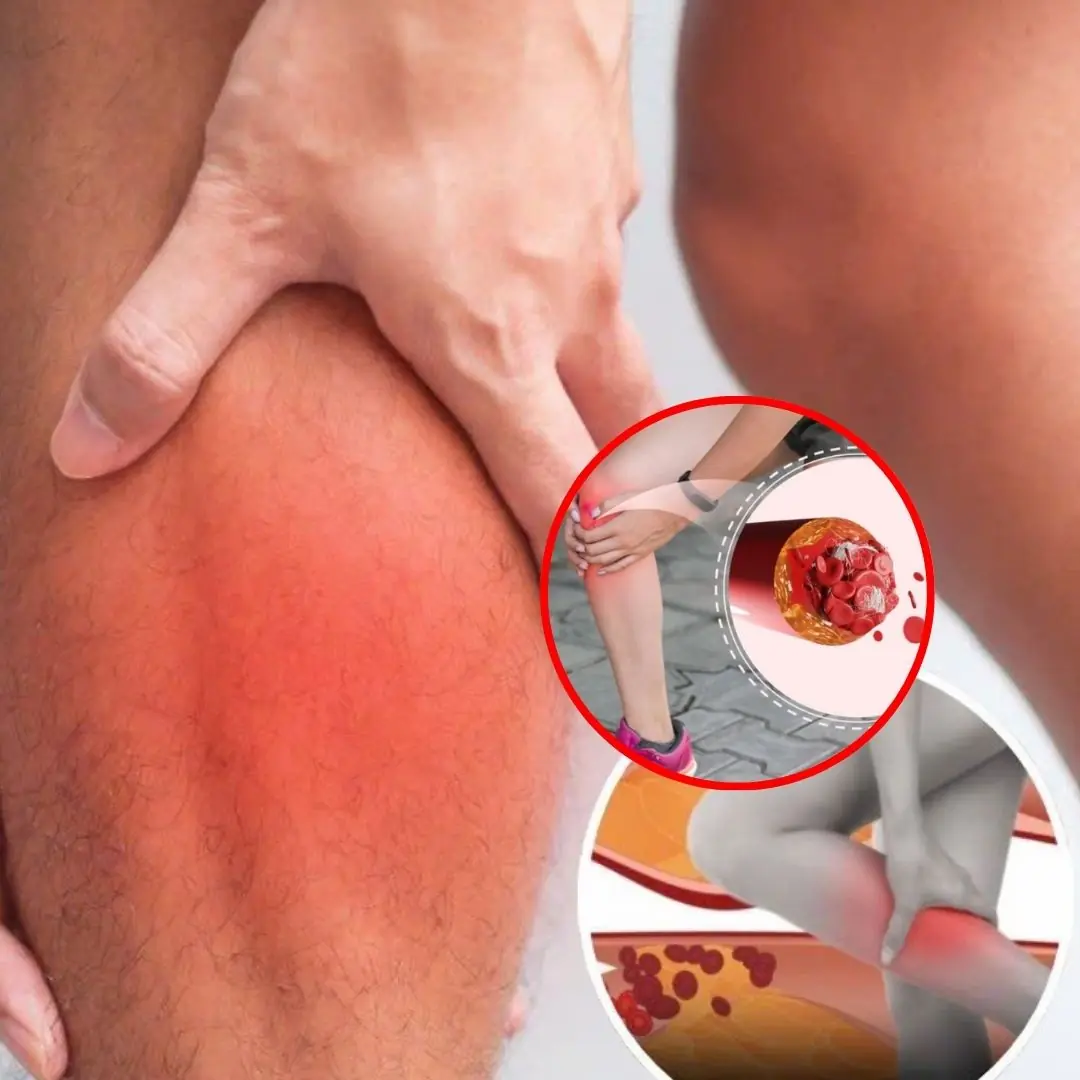
Poucas pessoas reconhecem os sinais de alerta de problemas de circulação que podem surgir nos pés e nas pernas durante a noite
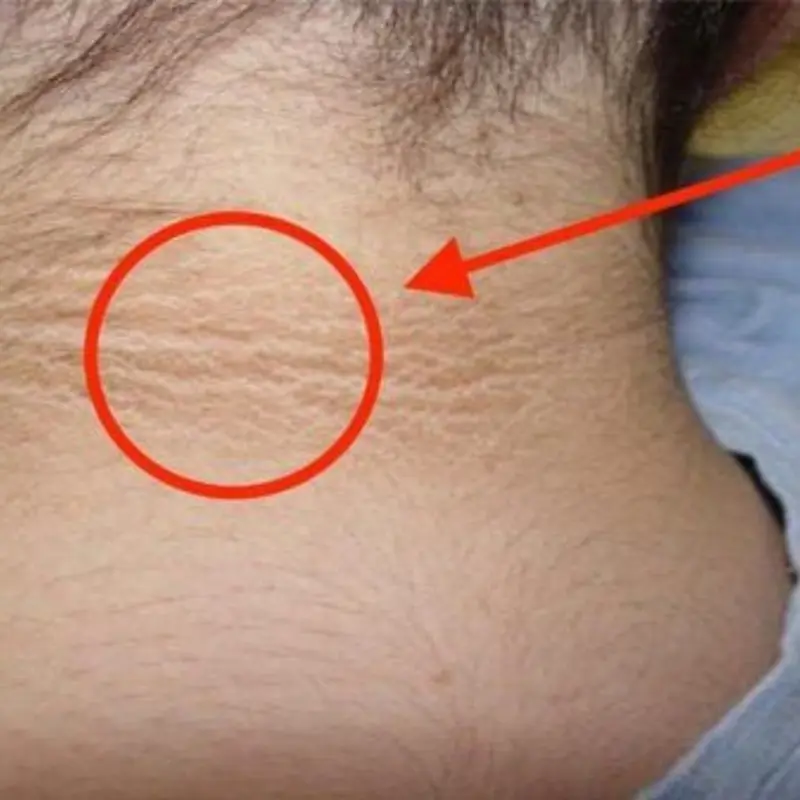
Don’t Ignore These Silent Signs of Oral Cancer
News Post
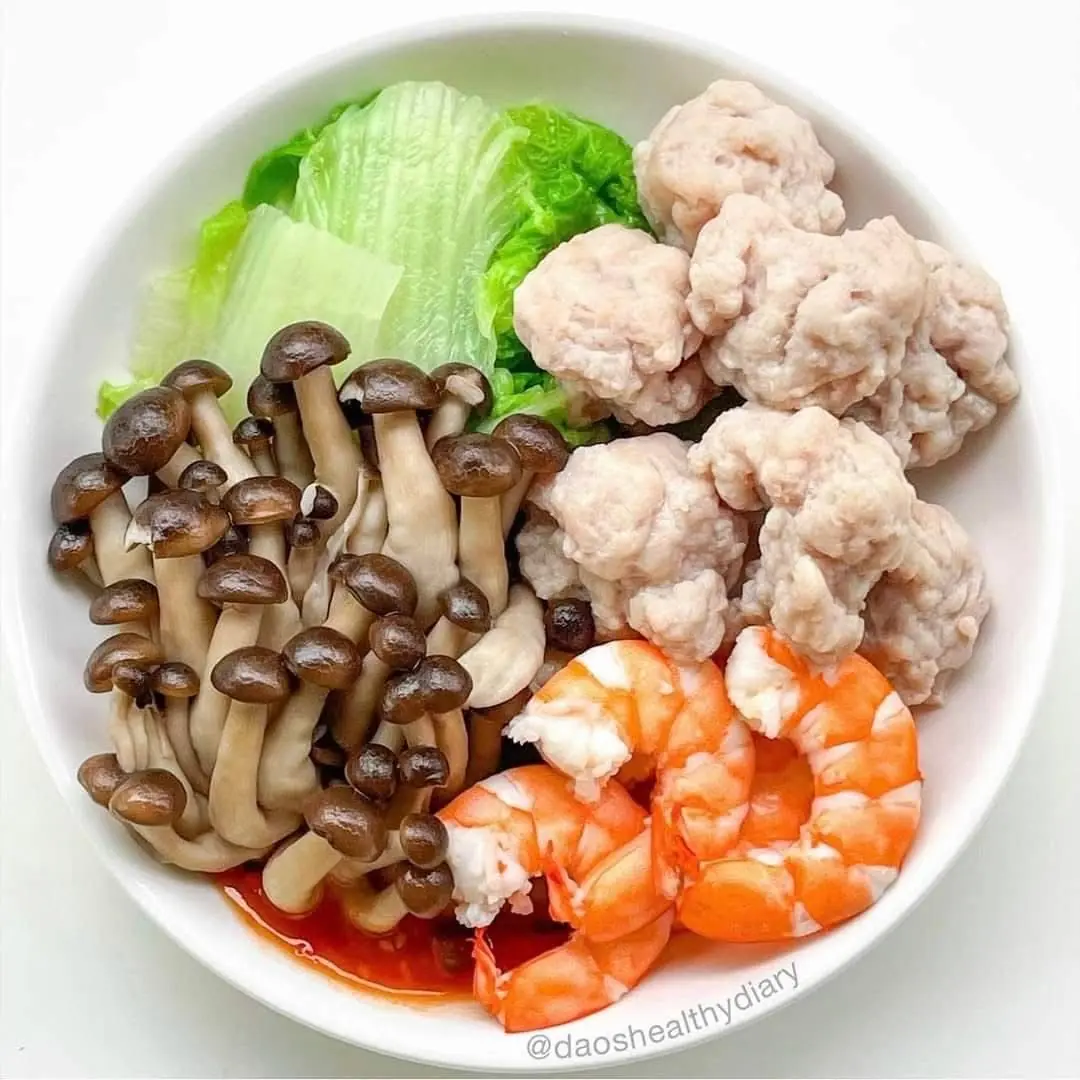
Shrimp & Pork Ball Bowl with Shimeji Mushrooms

Heart Surgeon Reveals: Eating Eggs Every Day May Help You Live Longer

The Surprising Benefits of Eating Boiled Sweet Potatoes for Breakfast: How Your Body Can Change Over Time

29-year-old girl hospitalized for bleeding duodenal ulcer: Doctor warns of 2 harmful habits

Hair loss: Doctor points out 3 mistakes when washing and drying hair and 4 ways to fix them

The truth about hotel mirrors, check now to ensure safety
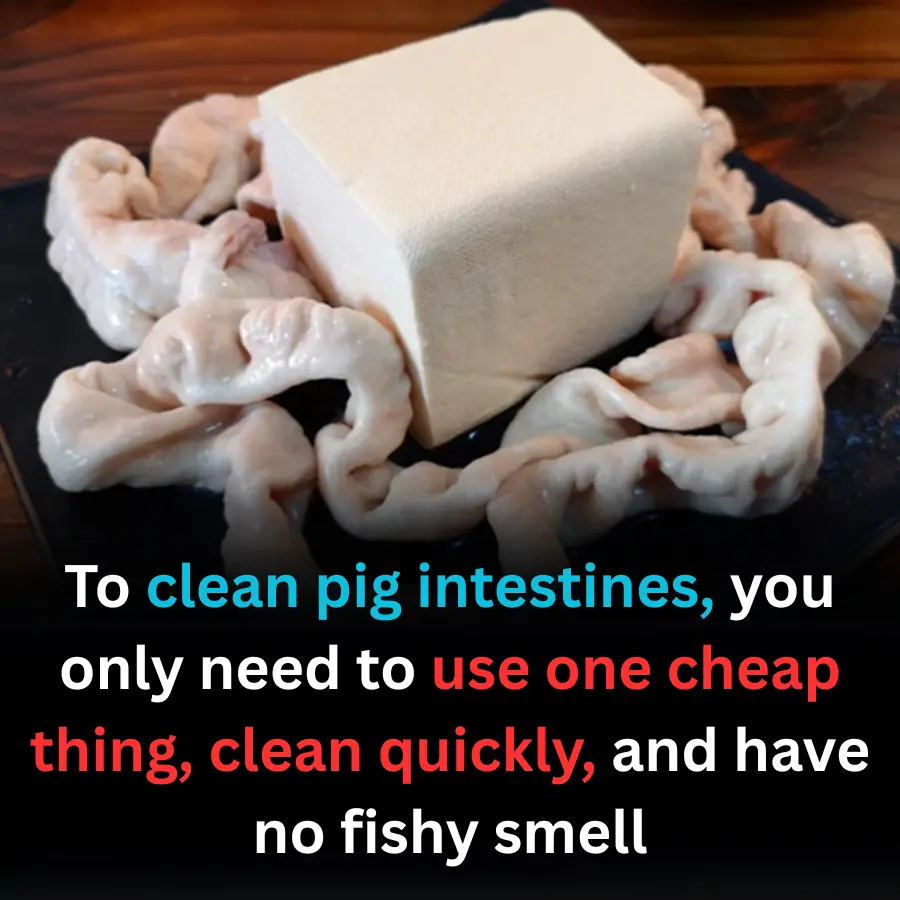
To clean pig intestines, you only need to use one cheap thing, clean quickly, and have no fishy smell

5 groups of people advised not to consume bread

Reasons why you shouldn't open your bedroom door at night

DANGEROUS COMPLICATIONS OF PULPITIS

Butter Steak Bites with Mashed Potatoes & Glazed Carrots – A Comfort Plate With Serious Flavor

What causes black thorn disease?
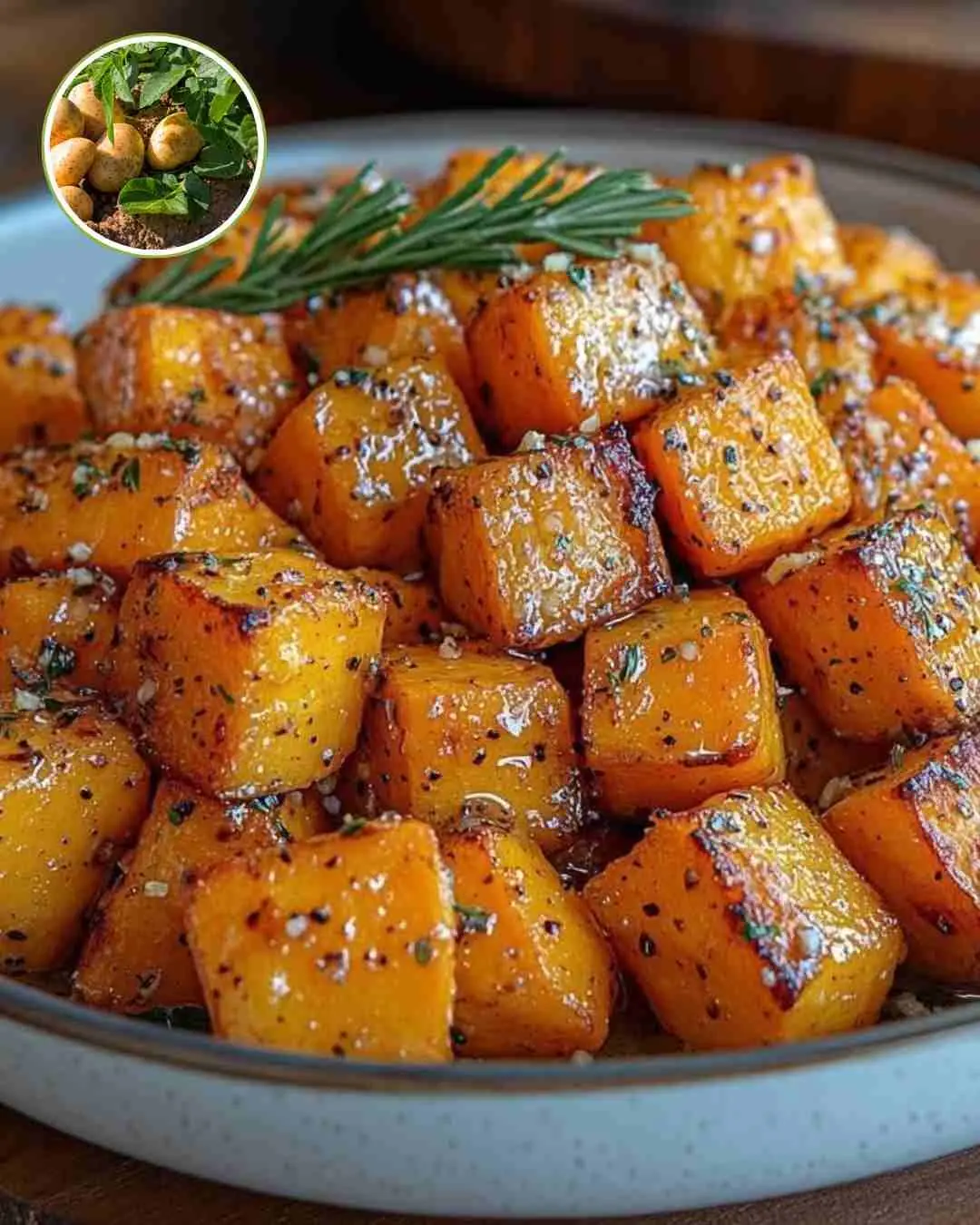
Baked Sweet Potatoes with Garlic Butter.

The #1 Drink to Reverse High Uric Acid and Gout — Backed by Science

If You Wake Up With These 4 Morning Symptoms, Sorry — Your Kid.neys May Be in Trouble

Drinking Coffee at the Wrong Time May Harm Your Heart:

Cardiologist reveals 3 drinks that help control blo.od pressure
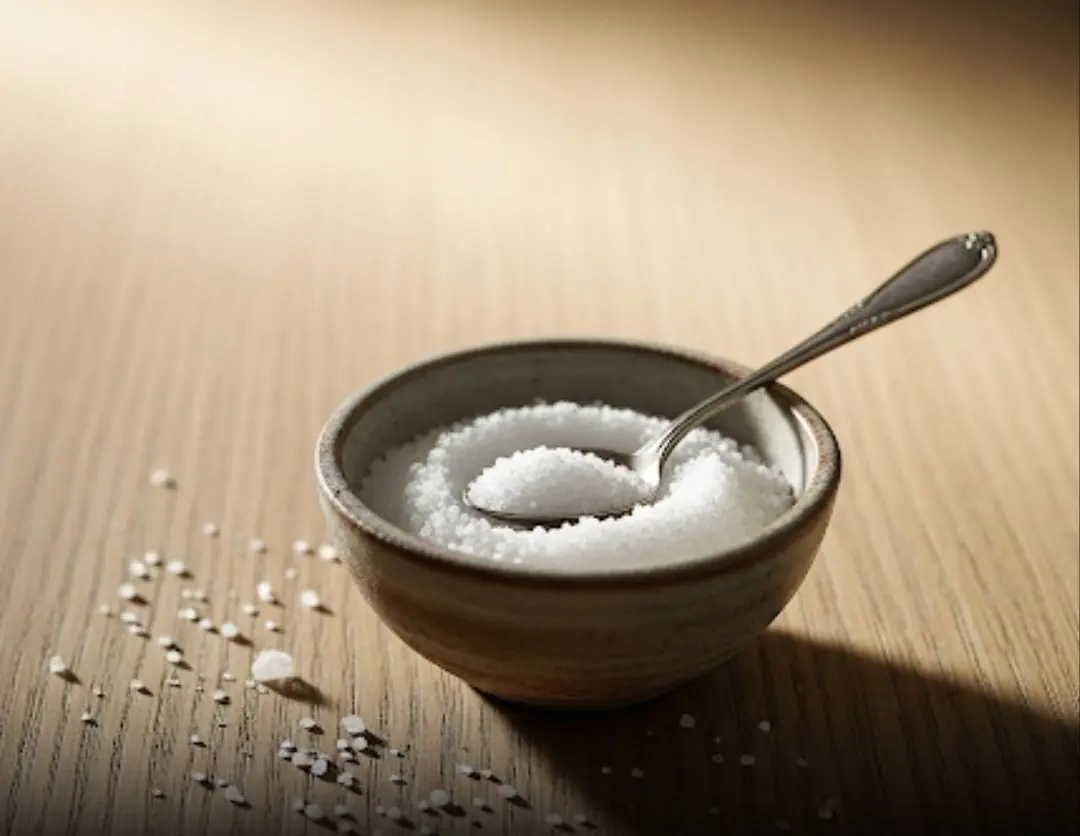
A single ingredient to combat bone pain, diabetes, anxiety, depression, and constipation
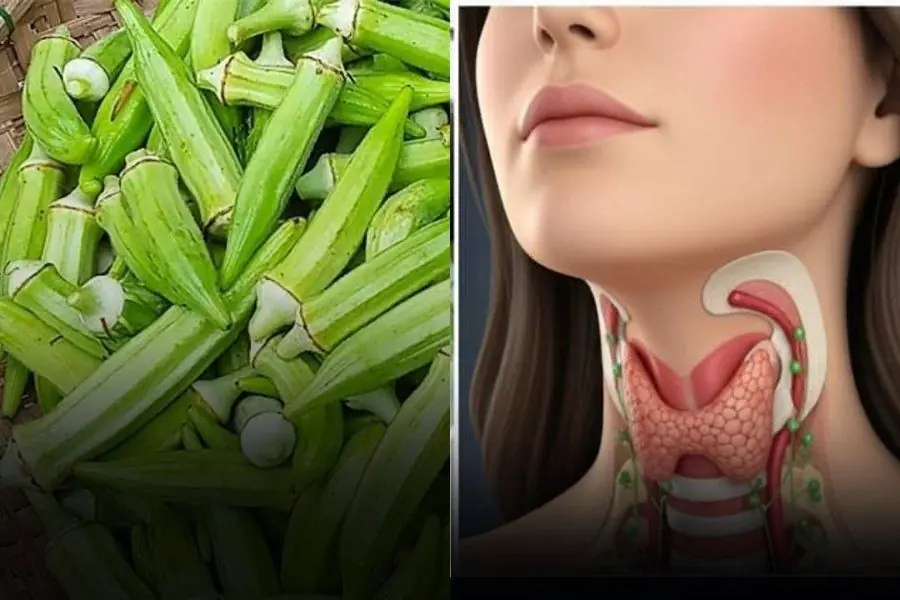
Okra is great for your health, but not everyone reacts to it the same way
